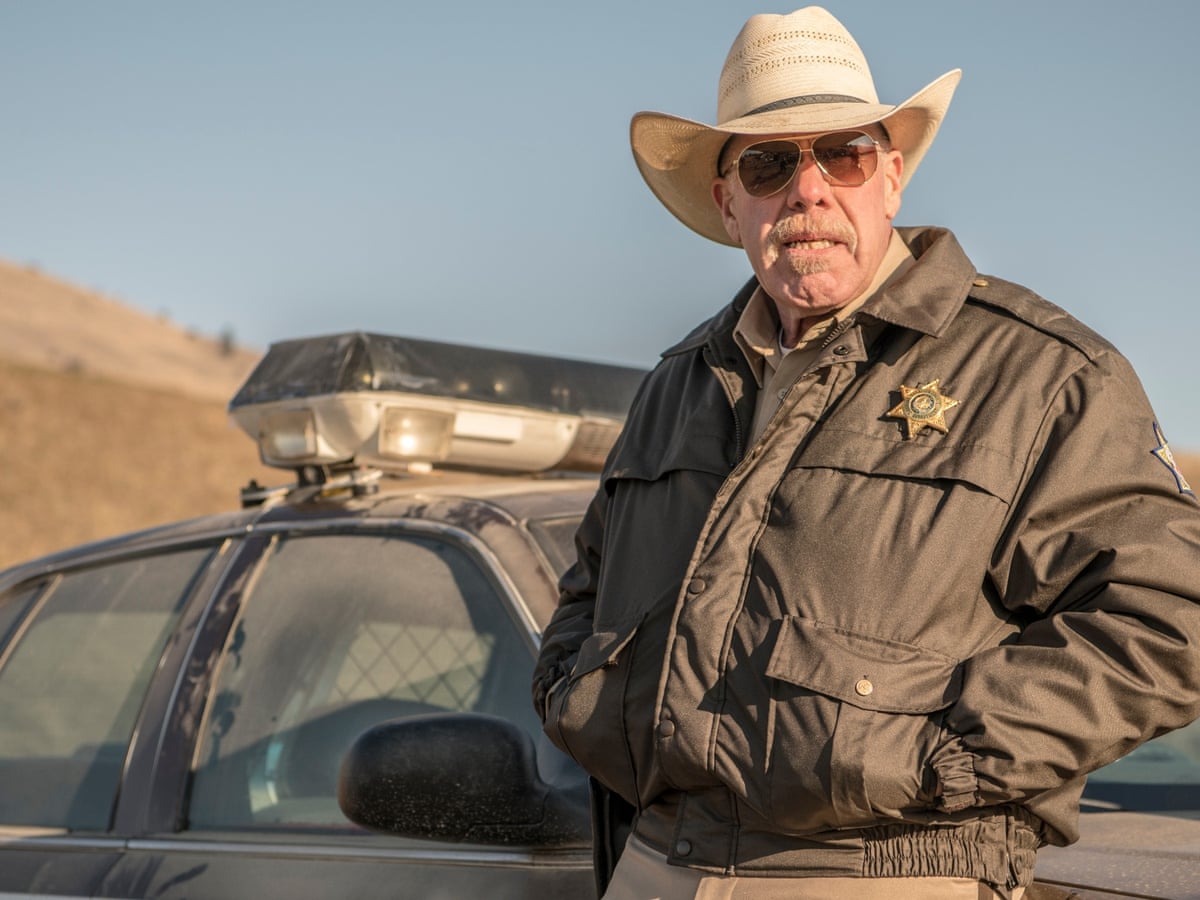The Last Victim – A Stylish, Slow-Burning Crime Thriller of Chaos and Consequence
The Last Victim is a 2021 neo-Western crime thriller directed by Naveen A. Chathapuram, offering a brooding tale of violence, fate, and survival in the American Southwest. Set against the backdrop of desolate desert highways and remote wilderness, the film weaves together philosophical musings and brutal action, centering on a group of characters drawn into a web of crime and retribution.
The film opens with a tense and atmospheric setup: a violent crime committed by a gang of outlaws led by the ruthless and cryptically articulate Jake Samuels, played by Ralph Ineson. Jake is a cold, calculating killer who believes in chaos as a natural force, and his philosophical ramblings lend the film an existential tone. His group is on the run after a botched cover-up, and their path collides with an innocent bystander, setting the main plot in motion.
The “last victim” of the title is Susan Orden, a professor of anthropology played by Ali Larter, who finds herself in the wrong place at the wrong time. While traveling through the desert with her husband, Susan inadvertently witnesses the aftermath of the gang’s crime. Her encounter with Jake’s crew turns her peaceful road trip into a desperate fight for survival in an unforgiving landscape.
As the narrative unfolds, the film alternates between Susan’s harrowing journey through the wilds and the investigation led by Sheriff Hickey, portrayed with grizzled charm by Ron Perlman. The sheriff is an old-school lawman with a quiet determination and a moral compass that’s been weathered by years of seeing the worst in people. His presence adds a noir flavor to the story, grounding the violence in procedural grit.

What sets The Last Victim apart from standard chase thrillers is its tone and visual style. Chathapuram draws inspiration from Coen Brothers films and classic Westerns, with long, meditative shots of the open road, sparse dialogue, and philosophical undertones that echo films like No Country for Old Men. The pacing is deliberately slow, allowing tension to build gradually while emphasizing isolation, dread, and unpredictability.
Ali Larter’s performance as Susan is layered and compelling. She plays a character who starts as an observer but is forced to confront her own instincts, strength, and willingness to survive. Her transformation is quiet but believable, with emotional depth that elevates her beyond the typical “final girl” trope. Ralph Ineson’s menacing turn as Jake adds gravitas — his gruff voice and stoic demeanor make him a villain that is as haunting as he is human.

The film’s cinematography captures the dusty, raw beauty of the landscape, turning the American Southwest into a vast, indifferent character. The minimal score heightens the silence, creating moments of unease and sudden violence.
In conclusion, The Last Victim is a stylish, thought-provoking thriller that blends Western aesthetics with modern crime storytelling. With strong performances, a haunting tone, and an exploration of violence, morality, and survival, the film offers more than just suspense — it offers reflection on what it means to be the last one standing.

